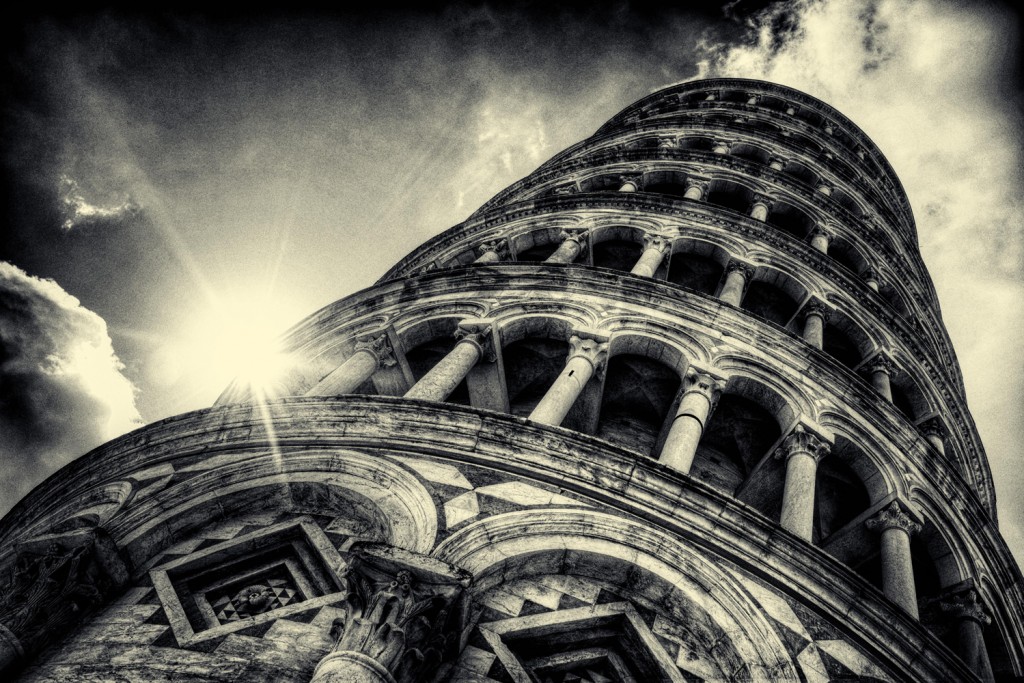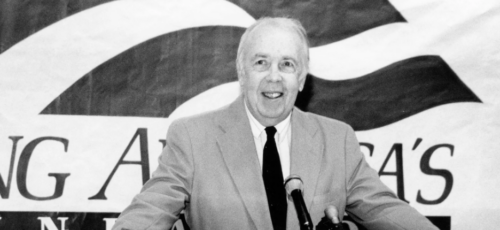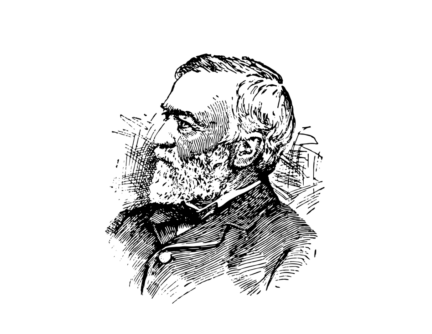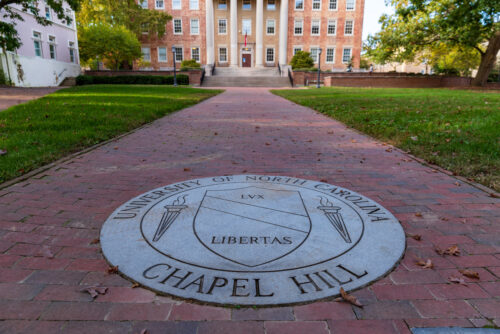When charter schools began to flourish twenty-five years ago, many education policy analysts saw them as a sort of gateway drug that would lead to more substantial privatization. The notion was that once parents got used to the idea of a choice between government-funded schools, they would start demanding vouchers for private schools.
That hasn’t happened. Vouchers still remain very controversial. But charter schools have become commonplace in some states and in the District of Columbia. Lots of charter chains, including KIPP and Green Dot, have become treasured brands, and parents who send their children to schools run by these chains can expect that their children can get a good education.
But do charters do a better job educating kids than traditional state-run schools do? I’d welcome any contrary evidence, but I suspect the answer is that some charters do a good job and some do badly and that the market generally rewards the good schools while punishing the bad ones.
We can also learn from the experiences of other countries. Probably the country with the greatest number of charter-like schools is Sweden, where around 20 percent (or 312,000) of Swedish children attend Swedish “free schools” or friskola. In the Financial Times, Helen Warrell offers a piece sharply critical of the free schools’ performance. She notes that about one-third of the friskola are run by non-profit cooperatives or by charities, while the remaining two-thirds are run by for-profit enterprises. “No other European country has entrusted so much of its children’s education to private companies,” she writes.
Warrell’s piece has a lot of heavy breathing by anonymous sources and left-wing politicians about how shocked and appalled they are about Swedish children being sent to schools run by for-profit corporations. Strip away the rhetoric and you’re left with the following indictment:
*** Sweden’s ranking in the international test scores known as PISA fell from first in 2010 to twelfth in 2012, leading lots of commentators to blame the friskola as leading the way for the test score decline (known in Sweden as “PISA shock”).
*** One for-profit chain, JB Education, went bankrupt last year, causing 10,000 students to find new schools.
*** Another chain of for-profit preschools, Hälsans, was charged with reducing its food budget to 9 Swedish kroner (or $1.50) a day, leading some journalists to charge the company with feeding preschoolers crispbread and water for breakfast (a charge Hälsans denied).
*** Analysts are split on whether children who attend friskola improve their academic achievement. One report, from the Friskolornas Riksförbund, the trade association for free schools, says that students in them have grades 10 percent higher than those attending state schools. Another analysis, by Rebecca Allen of Britain’s Institute of Education, says that the reason for these academic gains is that students going to friskola tend to come from higher-income households than those who go to state schools.
Cato Institute education scholar Andrew J. Coulson has written several informative posts correcting these errors (which also appeared in an article in Slate). He notes that the 2012 PISA scores, for example, show a fall of six points among free-school students taking the tests—compared to a drop of thirty-four points by comparable students in government-run schools.
As for the collapse of JB Education, Coulson notes that the closure of this chain was far better than what happens with bad government-run schools. “In most countries, including the United States,” he writes, “atrocious government-run schools are able to continue operating indefinitely because they face no meaningful competition—the poor parents they most often serve simply cannot afford any alternative.” He adds that there are many fine for-profit chains in Sweden competing for students, including International English Schools and the more progressive Kunskapsskolan.
Last month, the non-socialist coalition governing Sweden was displaced by a socialist minority government led by the Social Democrats. It’s far from clear how long this minority government will last, but they’ll probably have some cutbacks in the for-profit free schools.
There’s a lot to the Swedish story that I don’t know. I’d like to know more about how government schools have evolved to meet the competition of the friskola and what sort of nonprofits and charities run free schools.
But the indictment against the Swedish free schools is weak. It’s clear that some schools are failures, but others seem to be doing well.
John Chubb and Terry Moe famously declared in 1990 that school “choice is a panacea” that “has the capacity all by itself to bring about the kind of transformation that, for years, reformers have been seeking to engineer in myriad other ways.”
We now know that Chubb and Moe’s optimism is clearly overstated. But it’s also clear that school choice makes schools better, and that in general, the more choices parents have, the better their children do in school. That’s as true in Sweden as it is in the U.S.







Dear Mr. Coulson,
Thank you for your informative comments on my piece.
Dear Mr Wooster,
Thank you for addressing this topic and for citing some of my recent commentary on it in the process. You make a number of good points. I would just like to add one useful fact and one observation. The fact is that, in addition to PISA, we also have international trend data from another test called TIMSS, which began earlier. As I noted in an op-ed in a Swedish newspaper (in English here: http://www.cato.org/blog/education-under-new-swedish-order) the TIMSS results show that the bulk of the decline in Swedish scores had already happened before private voucher schools enrolled even 5% of student enrollment, and so they can hardly be blamed for having caused the nation’s academic decline.
The observation is that it is problematic for education reformers to talk of the effects of “choice” when that word can refer to so many different policies. When I reviewed the scientific studies comparing public, private, and truly market-like schools a few years ago (http://object.cato.org/sites/cato.org/files/articles/10.1.1.175.6495.pdf), I found that certain policy details make a great deal of difference across a host of educational outcomes, and so it is important to distinguish among the various different policies that fall under the kitchen sink “choice” term. All the best, Andrew